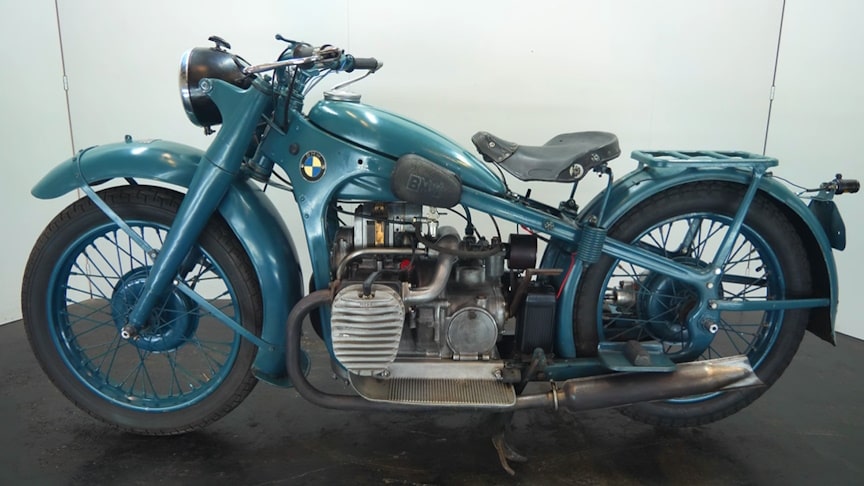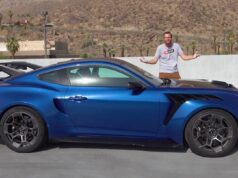This bike in the heavy weight class bears its old paint with honorable signs of use of the last decades. The huge and reliable engine with SUM carburetor produces with its 745cc enough torque at each rotation speed.On 14 February 1935, BMW presented the R12 together with the R17 on the German Automobile Exhibition in Berlin for the first time, being a direct successor to the BMW R11.
source.image: classic-motorcycle.com
This and the R17 were the first in the world being produced with hydraulically damped telescopic forks.By 1942, the total number of BMW R12 motorcycles manufactured was 36,000.The engine, designated M 56 S 6 or 212, was a twin-cylinder boxer configuration – four stroke with a flathead design.
The BMW R12 with two carburetors used a battery and coil ignition, while R12s with a single carburetor used a magneto ignition, capable of working independently from the battery.The BMW R12 had a four-speed manual gearbox, operated by a hand shift lever on the fuel tank’s right side. Several detail variations were seen in production.
Advertisement
In common with most BMW Motorcycles, final drive was via shaft, with the drive shaft on the right side of the motorcycle.Front suspension used a telescopic fork, while the frame was rigid with an un-sprung rear end supporting the final drive and a sprung seat for the rider. The R12 used drum brakes front and rear. Many R12’s were equipped with a sidecar attached to the motorcycle’s right side.











